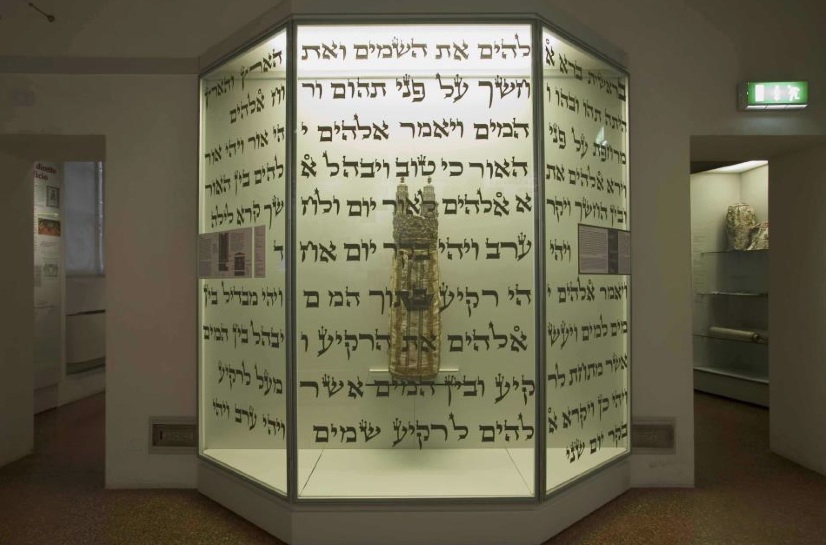- Read offline
- Remove ads
- Access all content
- Use the in-app Map to find sites, and add custom locations (your hotel...)
- Build a list of your own favourites
- Search the contents with full-text search functionality
- ... and more!
Museo Ebraico
Bologna's Jewish Museum

Before 1860, the claustrophobic nest of narrow alleys, off Via de’ Giudei and Via dell’Inferno made up Bologna’s Ghetto. Jews were segregated here, as in most Italian cities, at the instigation of the Church during the Counter-Reformation.
This one was begun in 1555, under a truly loathsome pope, Paul IV, though having gone to all the trouble to wall it off Pope Clement VIII decided in 1593 it didn’t go far enough, and forced all Jews to leave the Papal State. Later, they gradually trickled back, living in the old Ghetto ‘unofficially’ and subject to intermittent extortion and persecution by the Papal authorities.
This museum tells their story, which for the moment consists mostly of historical displays; they also offer tours of Jewish sites in Bologna, Ferrara and other cities. The museum was an initiative not of Bologna’s Jewish community, which currently numbers only about 200 people, but of the regional government.
The alleys of the Ghetto contain some medieval relics: the Casa dei Rampionesi, a 12th-century house on Via del Carro, and the Torre degli Uggozoni. There's a plaque commemorating the Synagogue, which ironically was destroyed not by popes or Nazis, but by Allied bombings in 1943. There's also the 'Voltone', the archway that is the last surviving entrance to the Ghetto, on Via Zamboni.

Via Valdonica 1/5
Hours Sun–Thurs 10am–6pm, Fri 10am–4pm. Closed Sat and Jewish holidays
Adm €7, reduced €5, under 6 free/
+39 051 2911280
Image by Museo Ebraico

